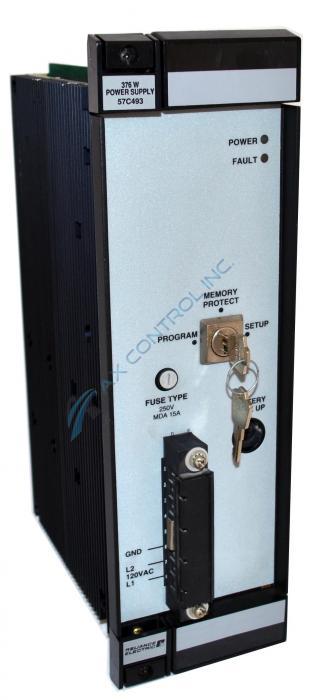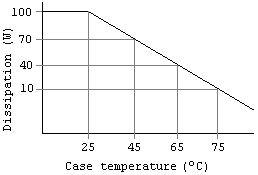
If you’ve done any work around a PLC (programmable logic controller) or DCS (distributed control system), you’ve probably had an opportunity to see mention of derating curves. These are often included for the power supply. But why provide these little charts? What are they good for?

Heat dissipation curves are usually part of the product manual. They can help the end-user determine the de-rated power value at the expected operating temperature. In manufacturing settings where power supplies may be enclosed, temperatures can quickly become elevated.
But increased heat can reduce output due to a loss of thermal dissipation. Frequently, this loss is due to the breakdown of conductive fillers that provide the electrical connection between a substrate and mounted components. Accordingly, if the temperature becomes too high, the conductive particles that provide electrical connections become entrapped in cured adhesive and can no longer function as they should.
PLC Derating charts offer insight into just how much heat will affect output. This offers the end-user the opportunity to consider upsizing their power supply to compensate, or to provide external cooling to reduce the amount of heat. This is often the best course of action since heat will damage and often limit the lifespan of components. With this in mind, heat control should always be part of your plan.
Need a power supply for your Reliance AutoMax system? We have many in stock, including several revisions of the Reliance 57c493 Power Supply.

You must be logged in to post a comment.